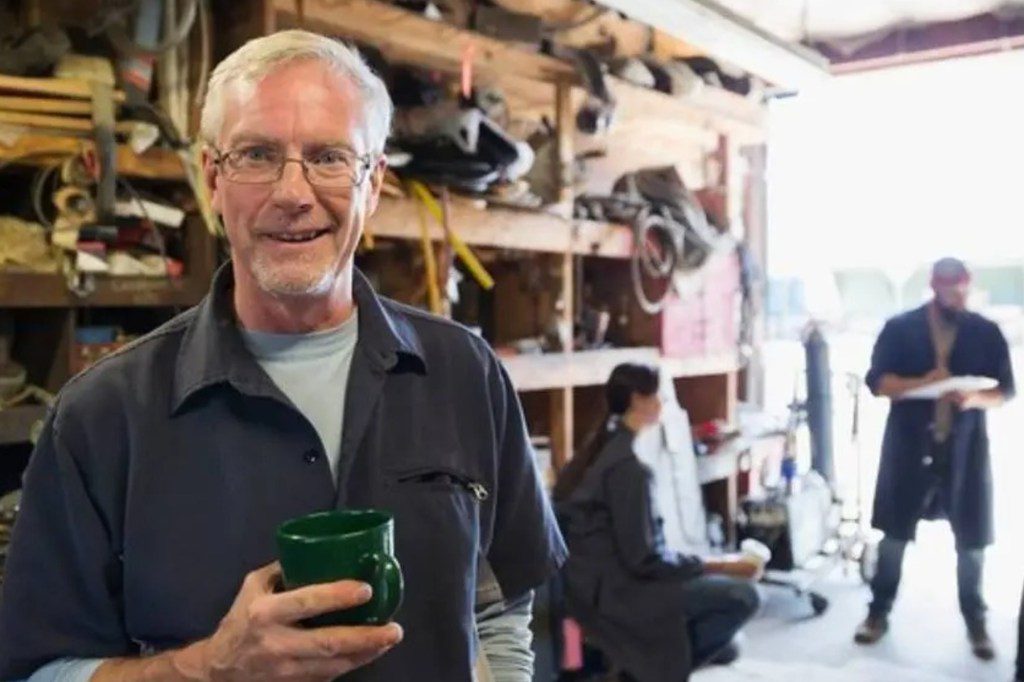Rethinking Australia Migration to Address Retirements

Understanding Australia’s Workforce Changes
Australia is facing a significant shift in its workforce, commonly referred to as the retirement cliff.
This term describes the growing number of workers over the age of 65, alongside those aged 55-64, who are likely to leave their jobs in the coming decade.
This trend poses challenges for various sectors, particularly those relying on lower-skilled roles.
Why Is This Important for Job Seekers?
The retirement cliff highlights a pressing need for new workers in several industries. With around 80% of school leavers finishing Year 12 and over half heading to university, fewer young Australians are entering trades or service jobs that don’t require formal education.
Consequently, sectors like hospitality and retail, which are already feeling the impact of retiring workers, may experience even greater shortages.
While “low-skilled” roles can sound derogatory, it’s simply a classification for jobs that require minimal formal training. Many of these positions often serve as entry points for younger people entering the workforce. However, with many current employees in these roles nearing retirement, how will we fill those gaps?
The good news is that Australia is supporting pathways for international talent, especially through visa sponsorship and skilled migration initiatives.
Visa Sponsorship in Australia
For international job seekers, understanding visa options is crucial. The 482 visa allows employers to sponsor foreign workers for temporary positions when they can’t find suitable local candidates. Conversely, the 189 visa is for skilled workers who want to live and work permanently in Australia without a job offer, while the 190 visa offers skilled migrants a permanent residency pathway if they are nominated by a state or territory.
These visa opportunities are essential as Australia aims to fill significant workforce gaps. For example, with escalating needs in healthcare, the country expects to require nearly 600,000 new positions over the next decade. This context means that international candidates can significantly contribute to these sectors.
The Role of Automation and AI
You might wonder if advancements like AI and automation will alleviate this job shortage. While they will indeed transform roles, many positions (especially in hospitality and retail) are likely to remain in high demand. So, as technology reshapes certain tasks, human interaction in service-oriented roles will still be vital.
Future Job Prospects
As we consider the future, sectors such as agriculture, logistics, and healthcare will face the highest demand for workers. The reliance on imported labour through initiatives like the Seasonal Worker Program and the Pacific Australia Labour Mobility schemes is expected to continue, presenting further opportunities for international job seekers.
Key Takeaways
With a combination of an ageing workforce and fewer young locals entering lower-skilled jobs, Australia’s job market is ripe for change. Those interested in moving to Australia should explore the various visa options available, as they play an integral role in meeting the nation’s labour demands.
Tell us what you’re thinking.
Drop your thoughts or questions below. We read every comment and reply when we can.
Thinking about moving to Australia? Have questions or need help?
Join our free and supportive community here at Oz Visa Forum.
Post in our forums to get advice and support from people who’ve already made the move Down Under.
Not sure where to start? Click here to get started







Mechanical technologist currently working as mechanical fitter at first quantum minerals
i am intrasting
I’m applying for waiter position
I need a sponsorship visa job, I am a professional Driver capable of handling both heavy duty and light vehicles